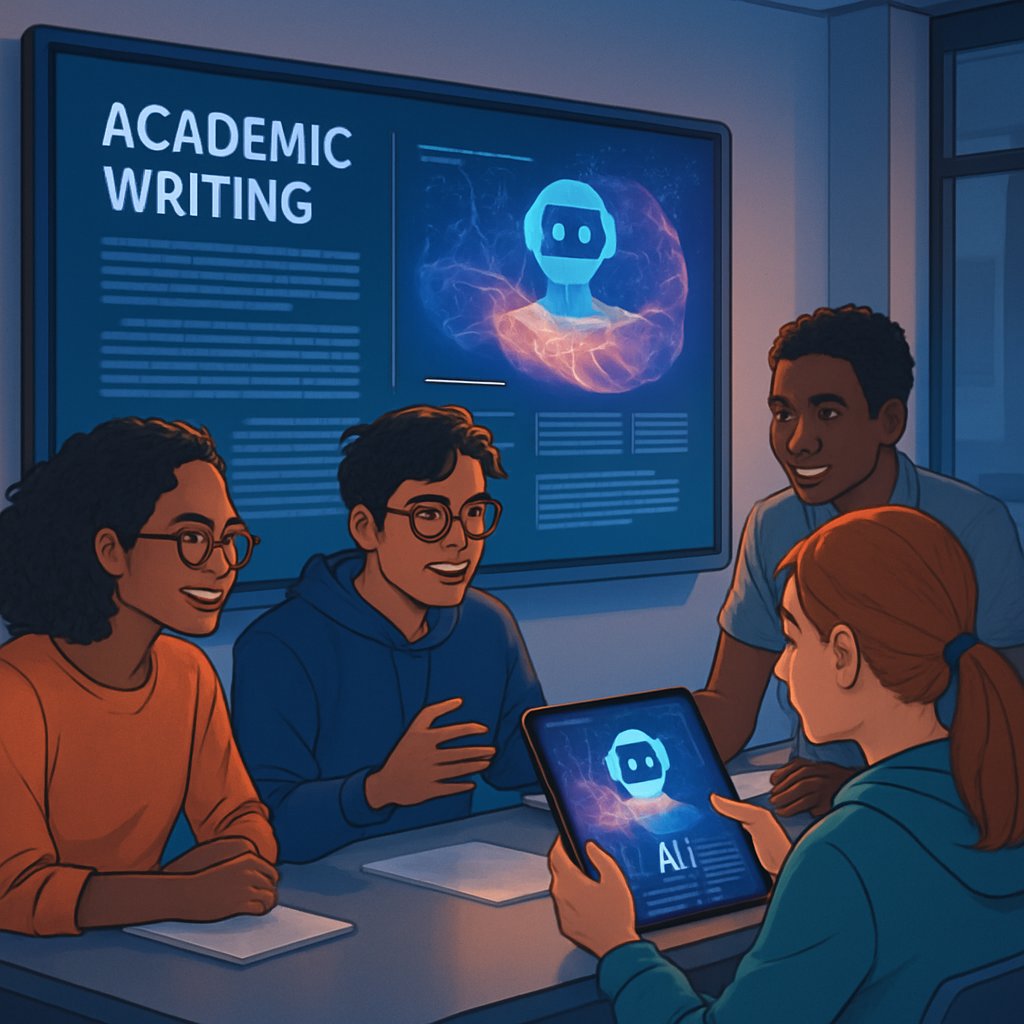Unpacking Human Touch in AI Writing: A Fresh Look at Academic Integrity
In today's digital age, artificial intelligence (AI) technologies like ChatGPT and Claude are rapidly transforming how we create and consume content. While these tools offer incredible assistance in writing, editing, and even brainstorming ideas, they have also opened a Pandora's box of ethical dilemmas, especially in academics. With nearly 30% of college students admitting to using AI for their assignments, the question arises: how do we determine the genuine human involvement in these AI-generated texts?
A recent study by Yuchen Guo et al. shines a light on this pressing issue. Instead of classifying texts strictly as human or AI-generated — a practice that often falls flat — the researchers propose a nuanced approach to measure the extent of human contribution in texts created with the help of AI. Ready to dive into how this study might redefine what constitutes academic integrity? Let’s break it down!
The AI Boom and Its Academic Pitfalls
The incredible advancements in large language models (LLMs) like ChatGPT have revolutionized the landscape of academic writing. These models, trained on a mountain of text data, can generate human-like responses, making them convenient tools for everything from drafting essays to coding assistance.
But here's the catch: while they can enhance productivity, they also raise concerns about academic integrity. Institutions across the globe are grappling with how to address this challenge. 69% of U.S. universities already have policies addressing AI use, yet enforcement remains inconsistent. Many schools permit using AI for supportive tasks, like refining grammar, but using unmodified AI text is often deemed misconduct. This creates a murky gray area, leaving educators and students in a bind.
The Challenge of Detection
Traditionally, the approach to detect AI involvement in texts has been binary: either human-generated or AI-generated. This model, however, doesn't capture the spectrum of human involvement. Say you provide an AI with a thought, let it draft something, and then revise a part — the human input in such a scenario is crucial but could easily be overlooked by conventional detection methods. This phenomenon is what the researchers term “participation detection obfuscation."
A New Approach: Measuring Involvement
To combat this issue, Guo and colleagues have introduced a fresh methodology centered on BERTScore, a metric that assesses how much information from a prompt (the human's input) appears in the AI-generated output. Instead of a simple cutoff classification, this continuous scale reflects varying degrees of human contribution in the writing process.
- Precision reflects how much of the generated text matches the prompt.
- Recall indicates how much of the prompt appears in the output.
- F1-score provides a balanced overview, considering both precision and recall.
By leveraging this approach, educators can understand not just whether a text is AI-generated, but also how much of it stems from the writer’s unique contributions.
The Data That Makes It Possible
To develop their detection model, the researchers also created a new dataset called CAS-CS (Continuous Academic Set in Computer Science). It consists of 55,000 distinct pieces of text where each entry demonstrates various levels of human input blended with AI generation. Unlike previous datasets that leaned on a black-and-white classification, the CAS-CS dataset represents a more dynamic and realistic range of human involvement.
Dual-Head Model: What’s That?
At the heart of this study is the RoBERTa-based regression model, designed to tackle two related tasks simultaneously:
Estimate human involvement: This regression output indicates how much of the text can be attributed to human input.
Identify human-contributed words: This classification output highlights the specific words in the AI-generated text that originated from the human prompt.
The design is akin to having a two-in-one tool that can tell you not only if you contributed to the text but also precisely what parts were derived from your input. This is a watershed moment for educators who wish to address the implications of AI in academic settings effectively.
Practical Implications for Students and Educators
As we navigate this new terrain, the findings from this study encourage a more collaborative perspective on human-AI interaction in academic writing.
For Students: The key takeaway is that utilizing AI tools doesn't have to equate to academic dishonesty. By understanding how to effectively craft prompts and utilize these models for drafting or brainstorming (without relying on them for final submissions), students can maintain academic integrity while reaping the benefits of technology. Think of AI as your writing partner rather than a replacement.
For Educators: The continuous assessment approach proposed by Guo et al. allows for more informed evaluations of student submissions. Rather than relying solely on binary classifiers that might overlook nuances, educators can better gauge human effort in pieces crafted with AI tools and adjust their guidelines.
Key Takeaways
Human Input Matters: The new study stresses the importance of considering varying degrees of human involvement in AI-generated texts, rather than defaulting to a simple binary classification.
Innovative Approach: By utilizing BERTScore as a continuous measure of contribution, instructors can gain deeper insights into the collaboration between human effort and AI assistance.
Practical Solutions: Students and educators can apply these findings to foster academic integrity while embracing the capabilities of AI tools effectively.
A Collaborative Future: Understanding and measuring human involvement in AI-generated content can redefine how students and institutions approach academic writing.
As we move forward in this AI-driven landscape, incorporating nuanced metrics like human involvement is vital for ensuring a fair academic environment. By embracing collaboration over isolation, we can harness the power of AI responsibly and ethically. So, next time you sit down to write, consider how you can meld your ideas with the capabilities of AI while keeping the human touch intact!

